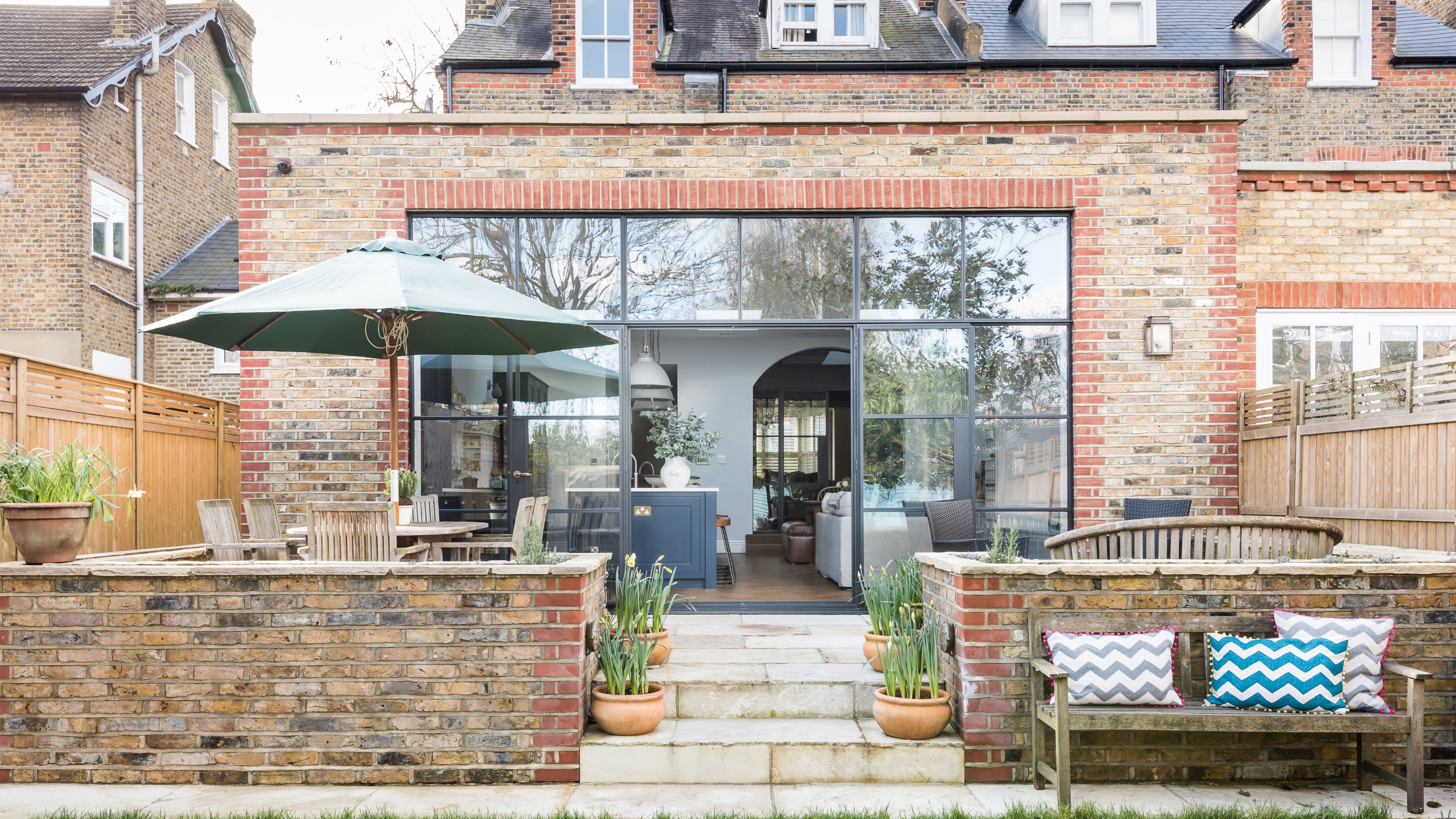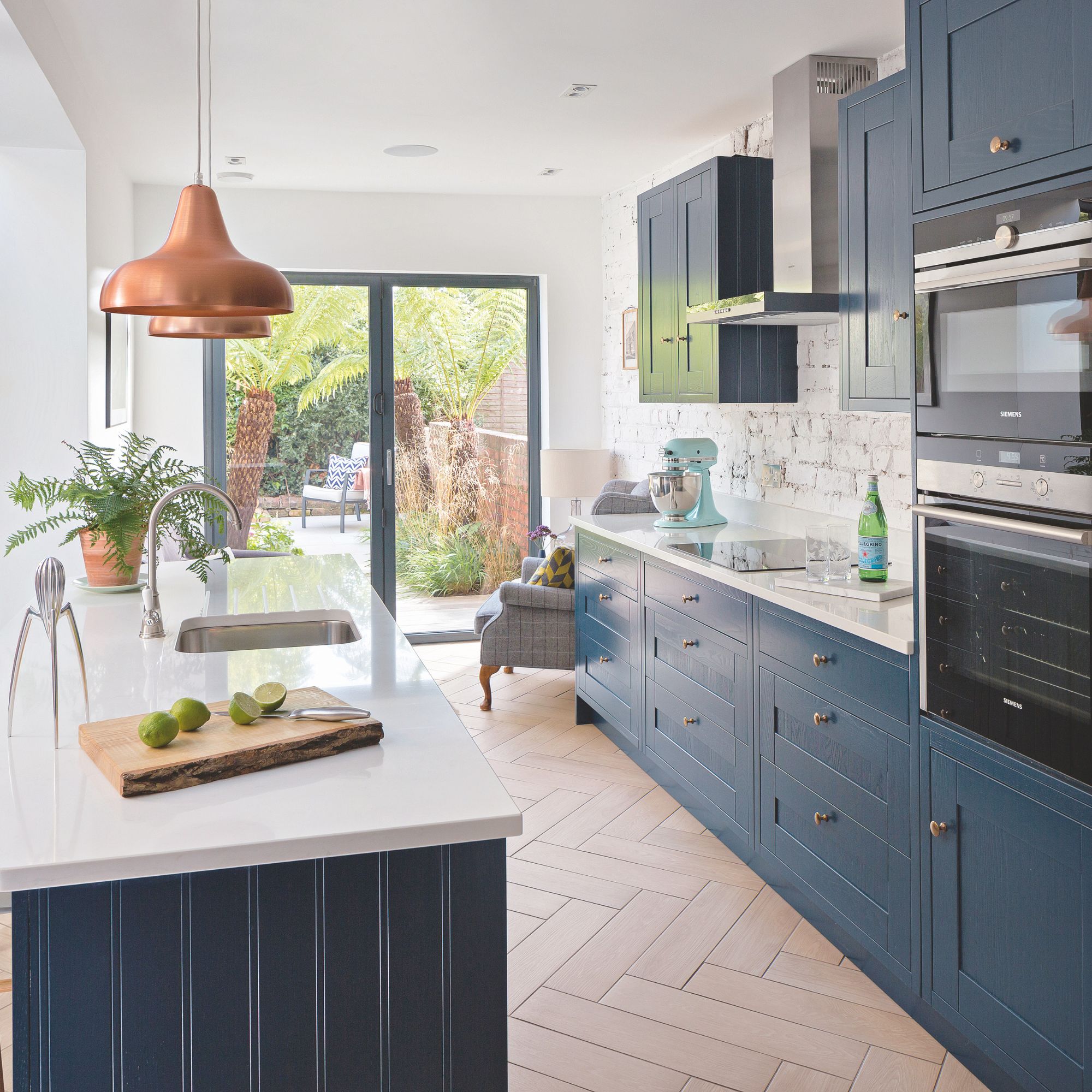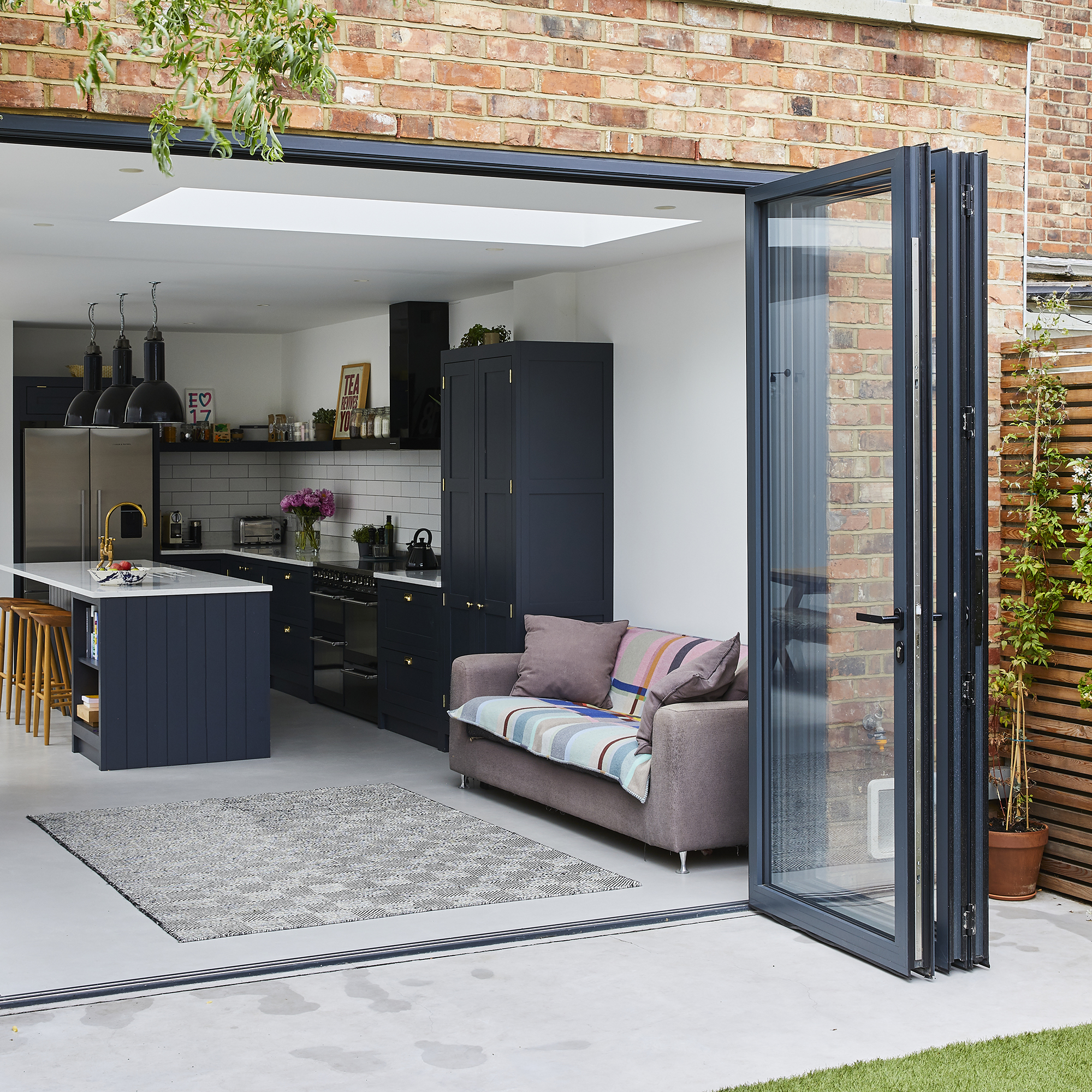What is Permitted Development? Architectural designer Charlie Luxton explains what you need to know before altering your home
Improve your home without needing to apply for planning consent


If you are planning on some significant home improvements, then you'll want to make sure you're clear on the rules around Permitted Development so you don't fall foul of the law.
While larger, more substantial projects may require you to apply for planning permission, thanks to Permitted Development, there's a broad range of changes you can make without needing to submit a planning application and wait for approval.
But there are strict criteria that need to met, and it's not necessarily a one-size-fits-all set of rules. We spoke with architectural designer and TV presenter Charlie Luxton to get his expert take on what all homeowners should know about their Permitted Development Rights.
What is Permitted Development?
Permitted Development is implied consent from your local planning authority to make significant changes to your home without needing to submit a planning application. But the rules are complex and depend on various factors including the alterations you want to make, where you live and any changes that have previously been made to your home.
Charlie explains: 'The principle of permitted development (or PD) rights is simple enough: they allow certain changes to be made to a home without the need of planning permission.
'Unfortunately, they were drafted by civil servants, not known for their clarity of approach, who tried to cover as many of the possible changes and combinations of changes to the 27.8 million UK homes as they could. Also, each of the home nations has its own form of permitted development rights!'
How do you know if something is Permitted Development?

The only way to know for sure if your proposed changes fall within the scope of Permitted Development is to check with your local planning authority, as Charlie explains. 'If, having done your homework thoroughly, you think you’d like to rely on permitted development rights to make changes to your home, then before you hire a builder or swing a hammer you should check with your local council that they agree with your assessment.
Sign up to our newsletter for style inspiration, real homes, project and garden advice and shopping know-how
He adds: 'No one should launch into a building project of any size based on assumptions about what is allowed. It is too complex, with too many nuances and caveats.'
What kind of projects are classed as Permitted Development?

There are lots of alterations you can make without needing planning permission (providing you meet the necessary criteria). These include things like:
- Extensions to a house (provided they fall within specified size and position restrictions)
- Loft conversions
- Garage conversions
- Certain porches, doors and windows
- Sheds, pet enclosures, fuel storage structures
- Exterior painting
- Gates, boundary walls and fences below 2m height
- Installing certain micro-generation equipment (like solar panels or heat pumps)
'There is a long list of more unusual allowances, such as converting a barn into a home and building some temporary structures – but there is also a long, long list of complex and detailed restrictions,' says Charlie.
Even if you don't need to apply for planning permission for these improvements, you will still need to meet the requirements of the Building Regulations.
Do all homes have Permitted Development Rights?

If you live in a designated zone, like an Area of Outstanding Natural Beauty or a Conservation Area, then you might find your PD rights have been restricted or removed entirely under what is known as an Article 4 Direction. This means that you'll need to apply for planning permission to make changes that elsewhere in the country might class as Permitted Development.
Additionally, even if you don't live in a designated area, it's important to understand that PD rights are not limitless. Permitted Development is based on how your home stood on 1 July 1948 (or as it was when it was built if it was built after that date), and so any changes made since this time count towards your PD allocation, even if the changes were made by previous owners. The slate does not get wiped clean if you move house. If the PD allowances on the property are maxed out, you will need to apply for planning permission to make further changes.
Do I need confirmation that work is Permitted Development?
'There is a second very good reason to ask for confirmation on proposed changes under permitted development. When you come to sell your home, your buyer’s lawyers are likely to ask for evidence that any changes you’ve made are legal. If you don’t have robust proof of this, you’ll have to charge around at the last minute to get it or possibly lose the sale,' explains Charlie.
This is where applying to your local planning department for a Lawful Development Certificate can help give you peace of mind. Charlie says: 'Submit a simple set of drawings with a form explaining how the proposed change complies with permitted development rules and a fee (about half that of a proper planning permission application). It will take a similar length of time as a planning application. But the good news is that it’s not discretionary. The planning officer is just looking at how you’ve interpreted the rules, not asking neighbours or commenting on the design.'

'If all this seems too much of a faff, or what you’re proposing is small and simple, you could seek advice from a building surveyor or planning consultant and push on without getting the council involved. You will need to get something in writing, so if you’re questioned by the council or future buyers you can produce it.'
FAQs
What can happen if you don't check that your work is Permitted Development?
'While I appreciate that it seems wrong to have to ask to do something that you’re allowed to, the risks are too high not to double check. If you get it wrong and build something the planning department finds out about and decides doesn’t comply with permitted development rights, they may take enforcement action,' says Charlie.
'This means making a retrospective planning application – always nerve-racking – and the ultimate penalty could be having to take down or undo the work you’ve shed blood, sweat and tears over.'
Depending on the work you are undertaking, you may also need to have a Party Wall Agreement in place.

Sarah Handley is Ideal Home’s Renovation Editor. She joined the team full time in September 2024, following three years of looking after the site's home finance content. As well as all things renovation, Sarah also looks after our Home Energy content, which covers all aspects of heating and insulation as well as tips on how homeowners can reduce their energy usage. She has been a journalist since 2007 and has worked for a range of titles including Homebuilding & Renovating, Real Homes, GoodtoKnow, The Money Edit and more.